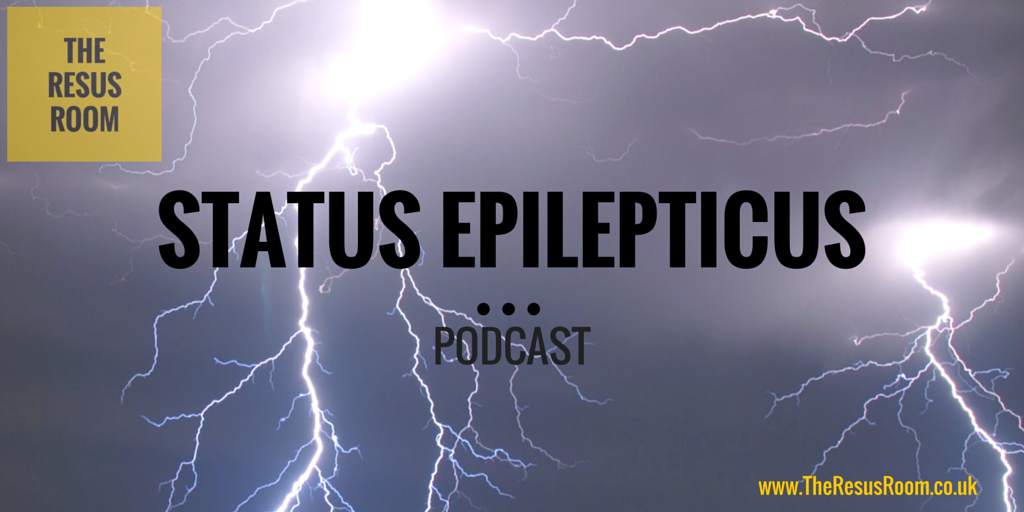Fitting is a really common reason to attend the Emergency Department. In the vast majority of cases the seizure has terminated before the patient arrives in the ED. But in some cases it’s still on going and by virtue of the length of time it takes for a patient to arrive in your ED that means they will have been fitting for quite some time when they pitch up in your Resus room. In this podcast we’ll run through exactly what status is, the underpinning EBM and discuss some of the decision making that can be really tricky, enjoy!
Simon
Most clinicians follow the guidance set out by NICE on status epilepticus which can be found here. The algorithm for the treatment of status in adults is below (published in 2004)
Similarly the algorithm for the treatment of status in children is here (published in 2011);
hyperlink to the document here
References
- Pang T, Hirsch LJ. Treatment of Convulsive and Nonconvulsive Status Epilepticus. Curr Treat Options Neurol. 2005 Jul. 7(4):247-259.
- Aminoff M J, Simon R P. Status epilepticus: causes, clinical features and consequences in 98 patients. American Journal of Medicine 1980; 6 9 657-66.
- Walker MC, Smith SJ, Shorvon SD. The intensive care treatment of convulsive status epilepticus in the UK. Anaesthesia. 1995 Feb 1;50(2):130-5.
- A comparison of four treatments for generalized convulsive status epilepticus. Veterans Affairs Status Epilepticus Cooperative Study Group. Treiman DM. N Engl J Med. 1998 Sep 17;339(12):792-8.
- Chapman MG, Smith M, Hirsch NP. Status epilepticus. Anaesthesia. 2001 Jul 1;56(7):648-59.
- NICE guidelines; Status Epilepticus



